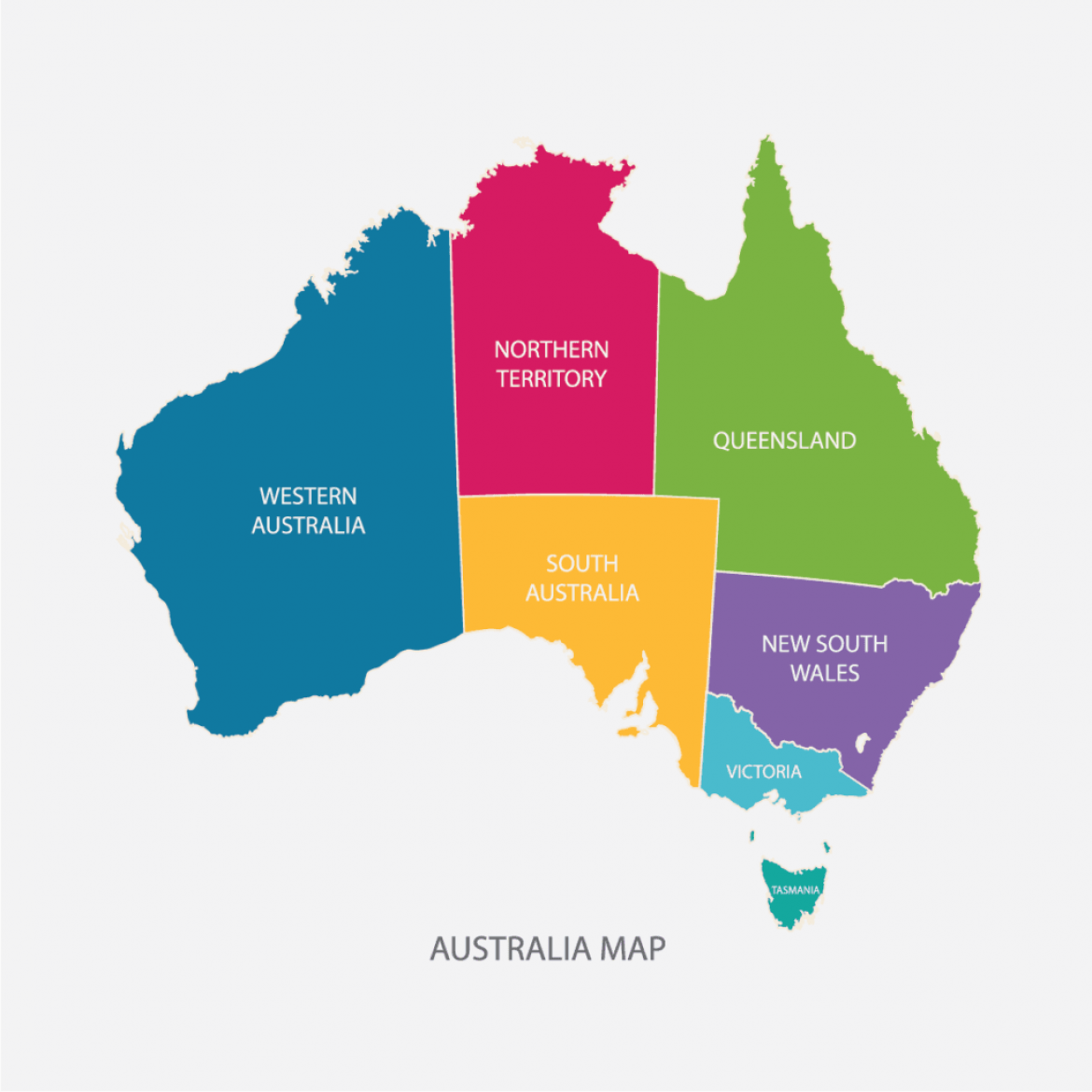
Syphilis Outbreak Spreads Throughout Australia
The Australian Department of Health reports that total of 2120 cases have been reported throughout 4 jurisdictions—Queensland, Northern Territory, Western Australia, and South Australia—between 2011, when the first outbreak was declared, and May 31, 2018.
The outbreaks are largely affecting 2 particular indigenous groups, the Aboriginal and Torres Strait Islander people living in remote and rural areas throughout northern Australia. Cases have also been confirmed in individuals who were not living within an “outbreak-declared region,” sexual partners of a confirmed outbreak case, and non-indigenous people.
An outbreak was first declared in the Queensland jurisdiction of Australia in January of 2011, extended to the Northern Territory in 2013 and then on to Western Australia in 2014. In 2017, South Australia declared an outbreak. According to the last outbreak surveillance report, between May 1 and May 31, there were 48 cases reported in the 4 jurisdictions. (See map.)
Due to the high rates of infection observed in women of childbearing age, health officials are particularly concerned of an increase of congenital syphilis and increased risk and acquisition of HIV and other sexually transmitted infections (STIs). The epidemiological profile of the outbreak also indicates that due to the mobility of the indigenous people, there is high risk for further spread of syphilis.
In an effort to quell the outbreaks, the Governance Group of Australian Health Protection Principal Committee developed a national strategic approach for an enhanced response to the high rates of STIs and blood-borne viruses (BBVs) in indigenous populations in December of 2017.
The document highlights 3 important objectives for the committee which include controlling the current outbreaks in north and central Australia, undertaking control efforts for other STIs and BBVs, and considering long-term responses to health concerns in indigenous people with the goal of reducing rates of infections.
Furthermore, an action plan published in November of 2017 identified 4 priority areas for an enhanced response to these outbreaks. The first priority is to increase the number of individuals being tested and the frequency of testing along with treating those infected as well as their sexual partners who may have become infected. This requires developing testing guidelines and as well as community engagement strategies.
Additional priorities included in the action plan involve improving the access of syphilis testing data to create a better understanding of testing patterns and strengthening reporting efforts. They also indicate a need for better education and awareness amongst health care providers in the affected areas as well as in young individuals who are part of the population considered to be high-risk. Authors of the action plan also call for the development of interim guidance on antenatal care, including testing and treatment, as inconsistent antenatal guidelines for testing may have contributed to the cases of congenital syphilis associated with the outbreak.
The Multi-jurisdictional Syphilis Outbreak Group was formed in April 2015, and is working with sexual health physicians, experts in Aboriginal and Torres Strait Islander sexual health, and the Australian Government Department of Health, to coordinate outbreak control.
AUG 03, 2018 | MICHAELA FLEMING